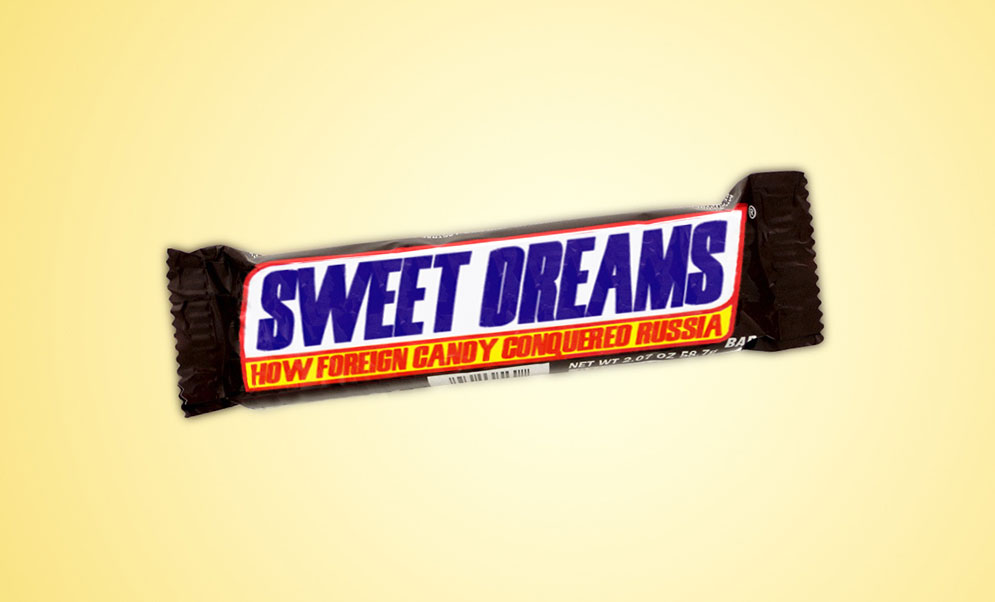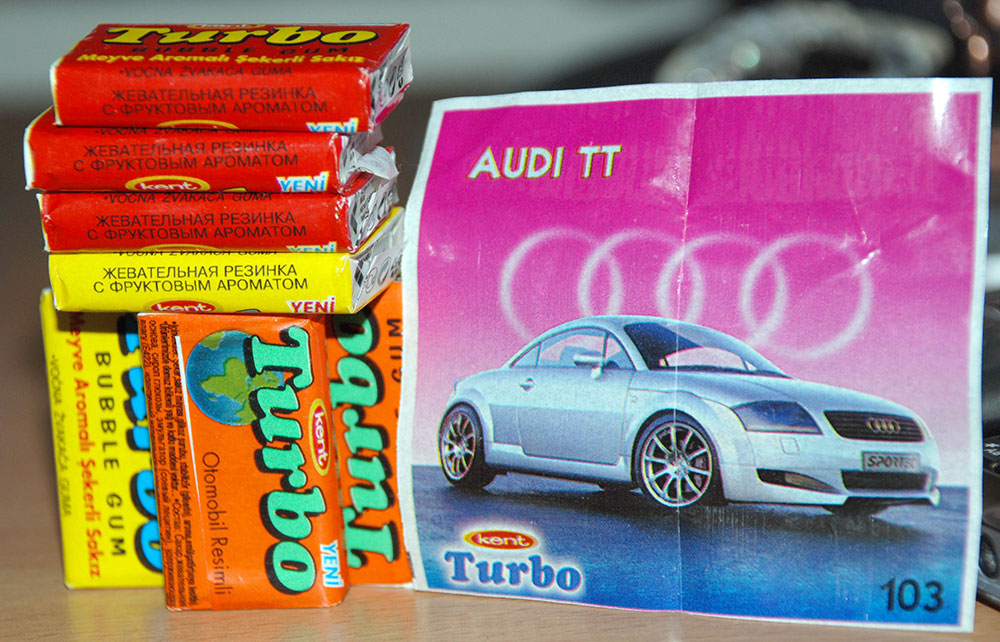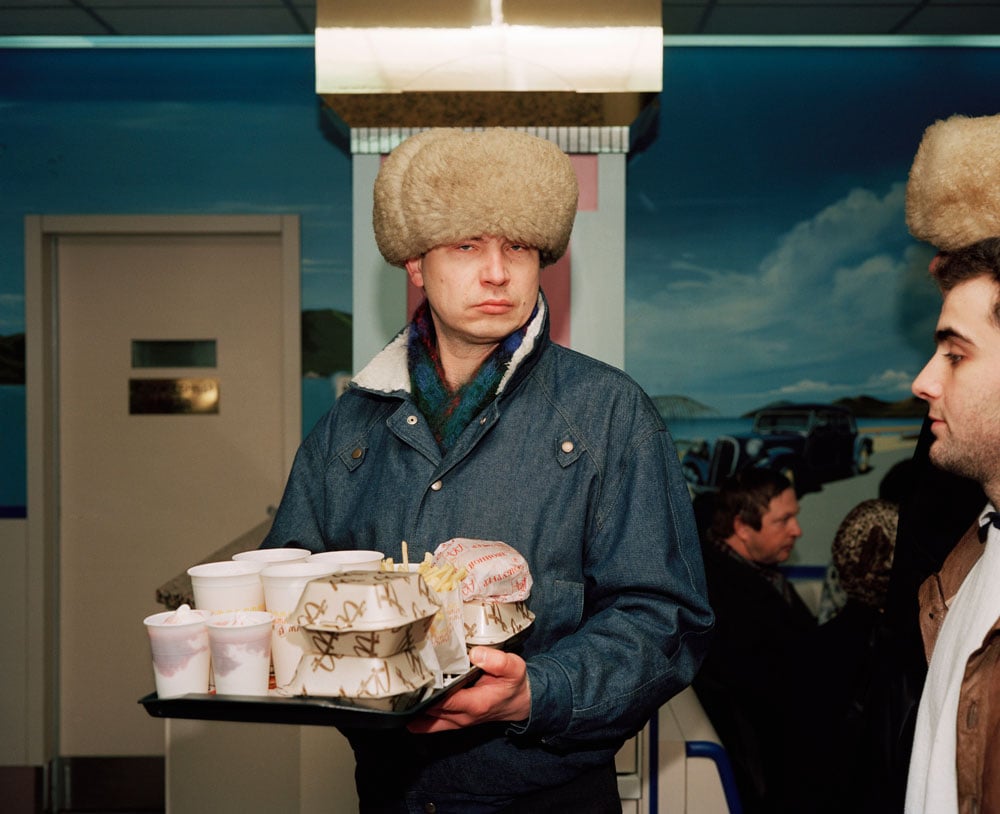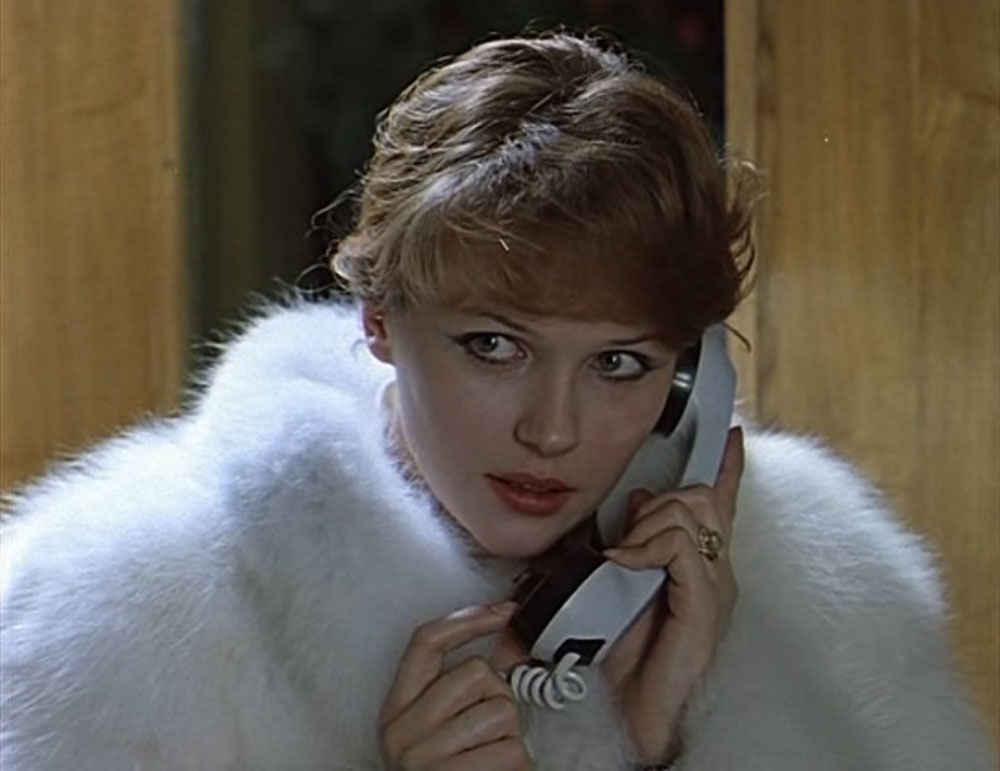Sweet dreams: how foreign candy conquered Russia

As sanctions force Russia to take its own gastronomic path, sweet-toothed Sasha Raspopina reminisces about the impact of western brands in early-Nineties Russia
Russia’s recent ban on importing certain foreign foods sounded suspiciously familiar to a lot of people over the age of 25, born before the fall of the Iron Curtain. For those old enough to remember the limited fare and gastronomic isolation of the Soviet era the phrase “locally produced” has never been a big selling point. Things are changing. Following western trends, local, organic produce has started appearing in bigger cities. But the appeal of foreign brands – especially brightly-coloured candies full to bursting with artificial sweeteners and colourings – remains undimmed.
In Nineties Russia western food was a symbol of our newly acquired freedom. The Soviet Union fell apart and we received a fresh identity in the form of bubble gum like Turbo with its glossy car stickers, or Love Is with those little pictures of a surprisingly wise cartoon couple — both teeth-shatteringly hard and completely tasteless after two minutes of chewing. The stickers that came with the bubble gum just absolutely had to go on the mirror in your bedroom, or the noisy old fridge in your tiny kitchen, or any other surface that allowed you to show off your collection.
The Soviet confectionery industry was never really committed to the domestic market, and especially not to the smaller towns. What there was — tiny candy bars, wrapped in foil and bright paper with pictures of the Kremlin and Russian landscapes on them — was mostly produced for export and for “special order”, meaning the product went to the Party establishment and exclusive closed shops. Then, when the country ceased to exist, the market was flooded with western brands eager to take over the one sixth of the world’s landmass that had previously been closed to them.

As kids, we never realised that we were suddenly now living in a new regime, that we were the tiny, sugar-craving citizens of a new country. Yes, grown-ups were going to all these new elections and were discussing events with either vigorous passion or unrestrained, bitter sarcasm. But what had really changed, for us? Only one very important thing: the candy section in Taiga, the desultory grocery shop occupying the ground floor of a Khrushchev-era apartment block. Suddenly, in exchange for a bit of pocket money, we could have more choice than we’d ever dreamed of. It was overwhelming, like the sugar high we got from eating Nutella straight from the jar.
To this day we twentysomethings still feel confused and existentially lost in front of a fully stocked yoghurt shelf
This is not to say that Russian food was so bad we shunned it. But, as everywhere, the universal rule that “imported” meant “better” was reinforced by the fact that it was also something new, something we’d barely even heard of. Before, the powerlessness felt by citizens in the face of the regime had continued into the sphere of everyday life. The Soviet government used to decide, remotely, what type of food you were allowed to buy. Now, you were overwhelmed with choice, and even without money or political stability, even when you had not option but to eat cheap Korean Doshirak pot noodles (still hugely popular in Russia), you still had choice. To this day we twentysomethings still feel confused and existentially lost in front of a fully stocked yoghurt shelf — how do you make the right decision when you have all these options?
For the kids growing up in bleak yards with squeaky swings and empty sandboxes, there was the sweet kingdom of the laryok — little stalls selling sweets, crisps and cigarettes, scattered across the city. This true Nineties cornucopia tempted and teased with rows of Twixes, Snickers and Mars bars, stacks of Milky Way, Wispa and Lion, all accompanied by a price tag, hand-written and ever-changing. For us, the most natural way to understand the 1998 default of the rouble was through the faded, little price labels for Chupa Chups and crunchy packets of Korean crab crisps.

They say nostalgia is often determined by the smells and tastes that form associations in our brain. In this case, entering the early post-Soviet markets was a stroke of genius for those sweets brands, allowing them to secure pride of place in the memory of a generation. Whole gangs of kids were sitting on the ruins of an empire, more or less oblivious to the events unfolding around us as our attention was held by more important things – like how to evenly split a pack of Skittles.
What’s more, these brands managed to find a foothold in culture, as they came to be representatives of a sort rapidly metastasising consumerism that had been impossible to imagine in the Soviet Union. Viktor Pelevin’s 1999 novel Generation P manages to mention over 20 foreign brands that were still relatively new to Russia when the book was published. Pelevin uses brands much like Bret Easton Ellis does in American Psycho: to illustrate obsession, addiction, and, ultimately, the devilish consumerism that is inherent in western culture.
We just opened the packets and licked the sweet powder inside
Along with the brands came TV ads that have left a permanent stamp on Russian culture. Many are still remembered with affection and even avidly re-watched. The Russian internet is flooded with viral posts about the “Best TV Ads of the 90s”, and slogans from the most popular commercials can still be heard on the streets. The words “just add water” instantly recall a powdered drink called Invite. We usually just opened the packets and licked the sweet powder inside, colouring our tongues, rebelliously ignoring the instructions we had no idea we’d still recall 18 years later.
Now there are online shops that sell “retro-food”: the foreign brands that are no longer available in Russia, like Dr Pepper and Wagon Wheels, and the products that naturally disappeared for the lack of demand, like individually wrapped bits of bubble gum. They set ridiculous prices, like 150 rubles (£2.50) for a Wispa, but still manage to survive: no one has ever lost money playing on people’s nostalgia.

Even though the Nineties kids can still chant the slogans, a lot of them have now come to embrace the new “organic and local” trend as adults. If they had the chance to move to a bigger city and get a well-paid job, they are also the ones willing to pay disproportionate amounts of money for a glass bottle of organic milk from grass-fed cows, or handpicked tomatoes from a family farm. They are the ones who, after the ban was announced, started to complain and make ironic jokes on Twitter and Facebook, prompting conservative bloggers to write lengthy posts about youngsters “who love Parmigiano-Reggiano and proscuitto more than they love their Motherland”.
What the conservatives are missing is that Parmigiano-Reggiano and proscuitto are the new Snickers and Milky Way bars, an old symbol of a new form of the good life; the kids at the laryok have grown older and have found a new favourite treat. And while people who have recently invested in a cheese boutique in Moscow are living through a true crisis, there are still school kids today, somewhere in a dusty yard in a small town, munching on a Mars bar, as oblivious to world events as we once were. Because you can take mozzarella from a hipster, but no one dares take candy from a small-town kid.



